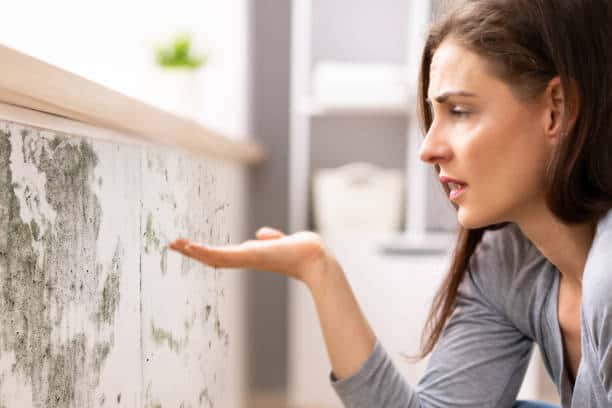
20 Jan 8 Things That Cause Black Mold?
Black Mold Is A No Go
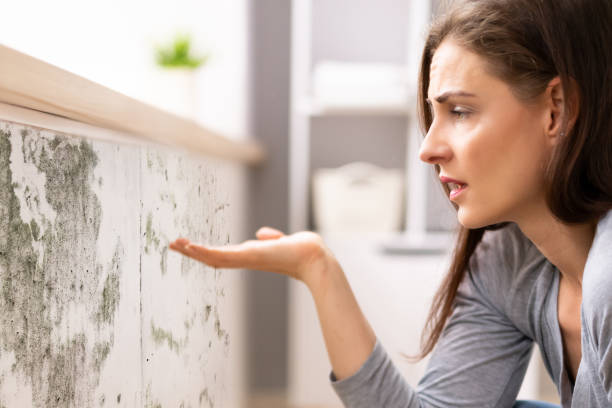
We all have heard horror stories about mold and the issues that it can cause. We know that if we find it in our homes, our lives will be chaotic. When it comes to different types of the fungus, black mold takes the case as something you want to combat as soon as you or someone you know discovers it.
Black mold, scientifically known as Stachybotrys chartarum, is a common household concern with serious health implications. Understanding the causes of black mold and implementing protective measures can help maintain a safe and healthy living environment. Here are eight factors contributing to black mold growth and tips for protecting yourself and your home.
1. Moisture and Water Damage
Black mold thrives in damp environments. Leaks from roofs, pipes, or appliances, as well as flooding, can create the perfect conditions for mold to grow. Areas like basements, bathrooms, and kitchens are particularly susceptible.
Protection: Regularly inspect your home for leaks and water damage. Promptly fix any issues and ensure areas are dried thoroughly after exposure to water. Dehumidifiers can also help maintain optimal indoor humidity levels (30-50%).
2. Poor Ventilation
Poor air circulation can trap moisture in areas like bathrooms, kitchens, and laundry rooms, creating an ideal environment for mold.
Protection: Use exhaust fans or open windows to improve airflow, especially in high-humidity areas. Ensure that appliances like dryers vent outdoors to prevent moisture buildup.
3. High Humidity Levels
Consistently high indoor humidity levels (above 60%) encourage mold growth. Humid climates or inadequate indoor climate control can exacerbate this issue.
Protection: Invest in a hygrometer to monitor indoor humidity levels. Air conditioners and dehumidifiers reduce excess humidity, especially during humid seasons.
4. Organic Materials
Black mold feeds on organic materials such as wood, drywall, paper, and carpeting. When these materials are damp, they become a food source for mold.
Protection: Use mold-resistant materials during renovations or construction. For example, opt for mold-resistant drywall and paints. Keep organic materials dry and clean.
5. Condensation
Condensation occurs when warm, moist air comes into contact with cooler surfaces like windows, walls, or pipes. This creates localized moisture that can support mold growth.
Protection: Insulate pipes, walls, and windows to reduce condensation. Ensure proper ventilation and consider using a dehumidifier to minimize moisture in the air.
6. Flooding
Flooding introduces a significant amount of water into a home, which can soak into walls, flooring, and furniture. If not addressed quickly, this moisture can lead to mold growth within 24-48 hours.
Protection: After a flood, remove water as quickly as possible and thoroughly dry affected areas. Discard items that cannot be dried or cleaned, such as carpets or upholstery, to prevent mold growth.
7. Neglected Maintenance
Neglecting routine home maintenance, such as cleaning gutters or inspecting roofs, can lead to water intrusion and mold problems.
Protection: Regularly inspect and maintain your home’s infrastructure. Clean gutters to prevent water overflow, check roofs for damage, and ensure windows and doors are properly sealed.
8. Hidden Leaks and Dampness
Sometimes, leaks occur in hidden areas like behind walls, under sinks, or within HVAC systems. These hidden leaks can go unnoticed for long periods, allowing mold to thrive.
Protection: Conduct regular inspections of your home, especially in areas prone to leaks. Use a moisture meter to detect hidden dampness and address issues promptly.
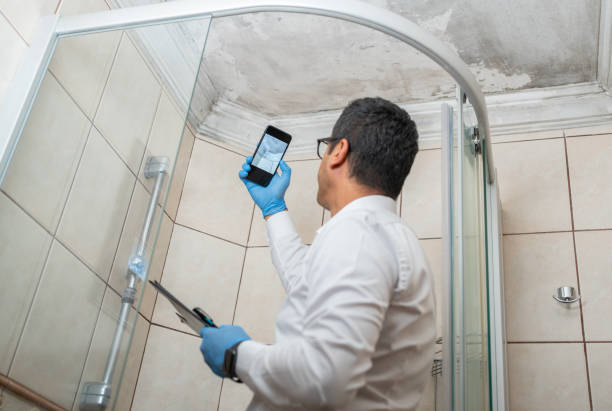
How to Protect Yourself from Black Mold
Black mold exposure can lead to health problems, including respiratory issues, allergies, and in severe cases, toxic reactions. Protect yourself with these steps:
- Identify and Address Mold Early Regularly inspect your home for signs of mold, such as musty odors, discoloration on walls, or visible mold patches. Address any findings immediately to prevent further spread.
- Wear Protective Gear When cleaning mold, wear gloves, a mask, and goggles to avoid direct contact with spores. Use proper cleaning solutions, such as a mixture of water and detergent or a commercial mold remover.
- Improve Indoor Air Quality Regularly clean and maintain HVAC systems, including air filters, to reduce the spread of mold spores. Consider using air purifiers with HEPA filters to trap airborne mold particles.
- Practice Preventative Cleaning Clean and dry areas prone to moisture regularly. Use mold-resistant products in areas like bathrooms and kitchens to minimize the risk of mold growth.
- Seek Professional Help For extensive mold infestations or if the mold is located in hard-to-reach areas, hire a professional mold remediation service. Professionals can safely remove mold and prevent its recurrence.
By understanding the causes of black mold and implementing these protective measures, you can safeguard your home and health. A proactive approach to moisture control, regular maintenance, and early intervention are key to keeping black mold at bay.
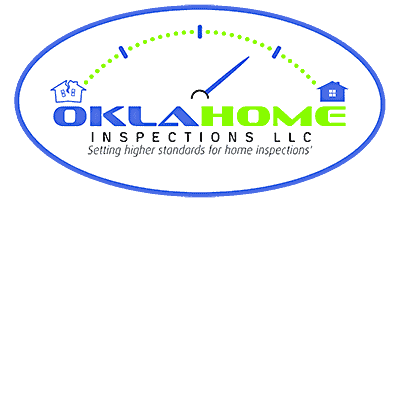


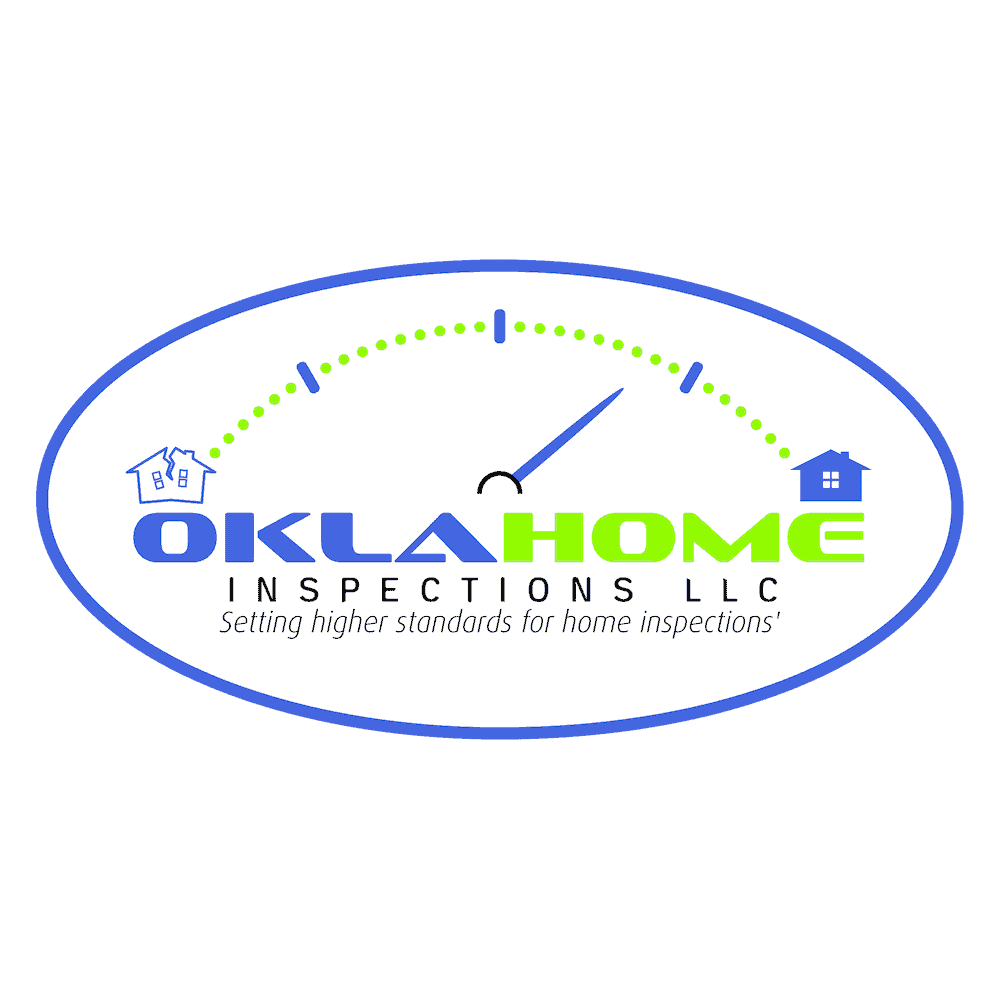
Sorry, the comment form is closed at this time.